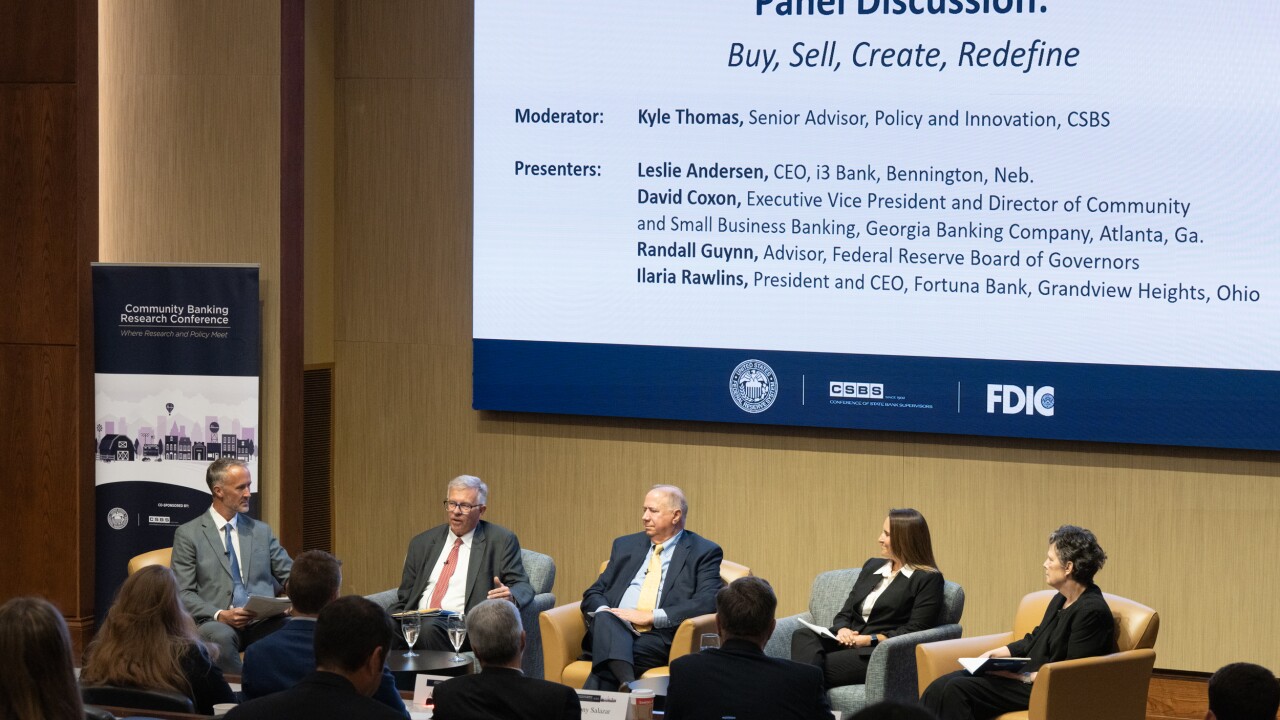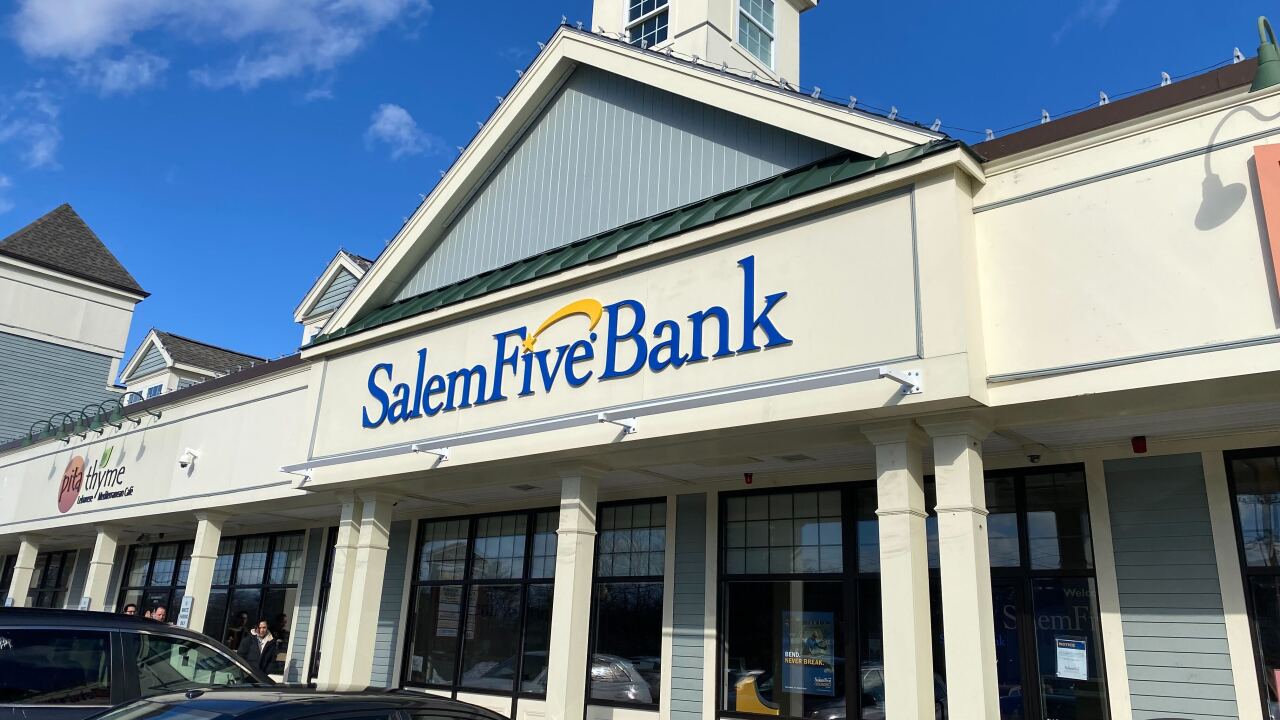The reasons for banks to not embrace faster payments schemes are quickly dwindling. But many are still watching from the sidelines.
Various government initiatives in regions such as Australia, Hong Kong and the U.K. have acted as catalysts for creating faster payments rails. Similarly, policies like the EU's PSD2 incorporate open banking and provide third-party developers equal footing in developing financial technology.
If banks aren't supportive of faster payments, it's not because they lack options.
"Faster payments are on a fast track and happening right before our eyes," said John Mitchell, CEO of payments technology provider Episode Six. "If someone [a bank] does not participate, they will lose customers."

Episode Six is headquartered in Hong Kong and operating in Tokyo, Japan and a U.S. office in Austin, Texas. It provides ledger and payments technology accessible through application programming interfaces that allow the flexibility for a bank to integrate into faster payments networks, or build the capabilities on existing technology and infrastructure.
If one bank moves money faster than another, that bank is going to be the likely choice for young consumers in the near future, Mitchell said.
"A lot of people are chasing after millennials and it has taken a long time," Mitchell said. "But they better hurry because there is a new generation of consumers coming and they are even more digitally oriented, meaning faster payments are going to be a requirement."
But it's not quite as simple as it may sound when viewing the faster payments proposition from a bank perspective.
If it's not a potential revenue generator, banks tend to take a more cautious approach. It's apparent in other technology drives, such as the debate over whether banks should attach their wagons to the
"APIs are a smart way to connect to real-time and faster payments platforms more quickly and cost effectively," said Sarah Grotta, director of debit card advisory for Boston-based Mercator Advisory Group. "That's important because faster payments don't have a traditional business case … Faster payments are rarely profitable on a standalone basis and won't be until the point that financial institutions begin to lose customers and opportunities if they don't offer these services."
And that's what the European Union and its payments commission had in mind when
"PSD2 is the most prevalent government initiative, as it creates awareness and drives mind share and drives initiatives in many cases," Mitchell said. "And that's where we come in."
The U.S. open market "works quite nicely" in fueling payments innovation, but without a government directive it is difficult for small startups to become engaged in the process, Mitchell added.
"But they do get involved, and market conditions are better when you include the organic nature by which these companies develop and grow here," he said. "There is a lot of opportunity here, and maybe we don't need it pushed by U.S. regulations, but we certainly need some control over the process."
But the availability of APIs for various payment methods and other services can't sway the politics of payments one way or the other. Technology can only stand ready when that type of smoke clears.
The U.S. faster payments initiative steered through the Federal Reserve has reached an interesting juncture with The Clearing House's Real Time Payments rails taking hold at the same time the Fed is contemplating a
It's been a balancing act to get all stakeholders on board with a clear choice for a faster payments scheme and that balance took a jolt just last week when smaller
Regardless of what happens next, payments API development and easier integration will be at a point where conversion to faster payments and hooking into a widespread network shouldn't be quite as daunting as it was just six years ago when discussions in the U.S. first began.
"We are still in the very early phases of a faster payments roll out and in the U.S. it will be very slow to develop," Mercator's Grotta said. "We don’t have a single platform but multiple options with the Fed also considering providing services.
"Choice is great," she added. "Choice offers flexibility and spurs innovation, but it will require FIs to take time to make the right investment in the right solution and the right technology partners to achieve their strategy."





